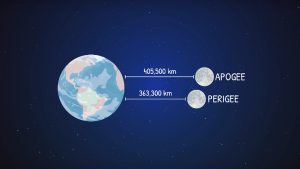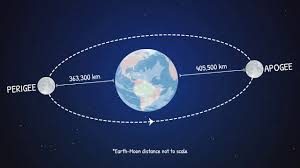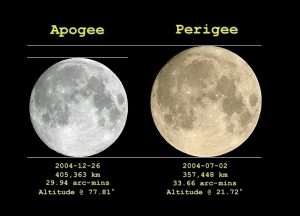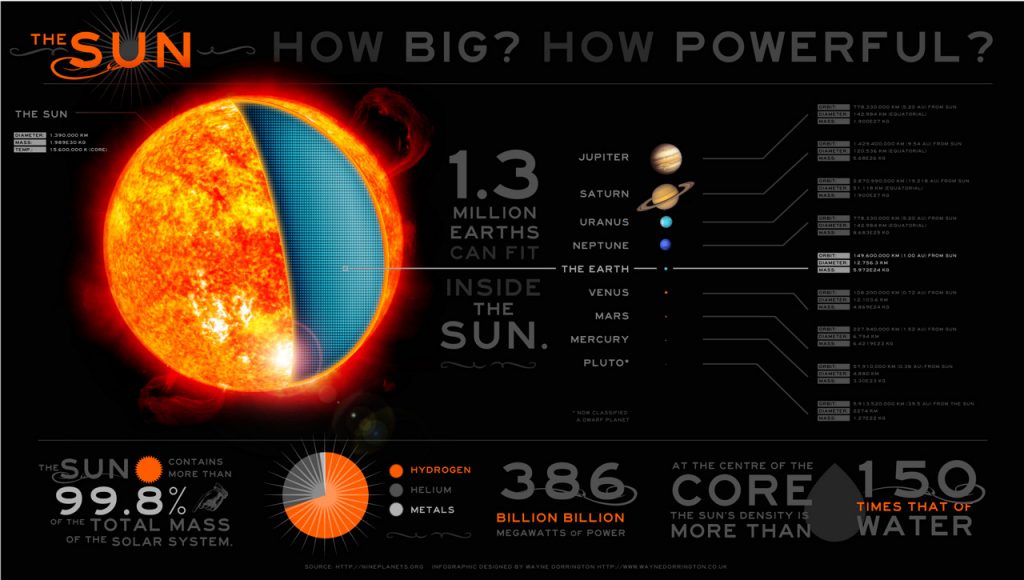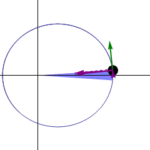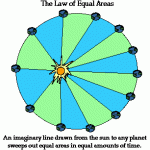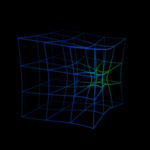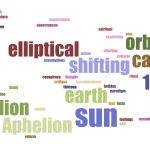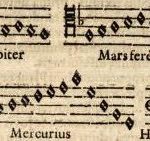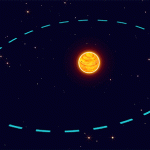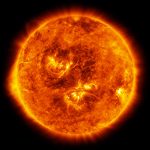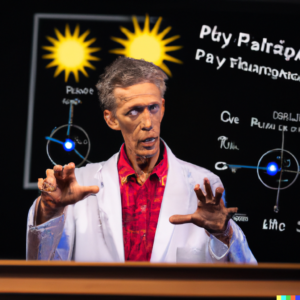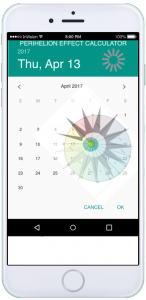perihelion – περιήλιο – close to the sun
The day that the earth and sun are at their closest point is called Perihelion.
You maybe haven’t heard that Greek word before or if you have you don’t know when it happens. Pretty much everybody knows when the solstices and equinoxes occur. Yet when the earth is closest to the sun remains elusive to most people. It is not mentioned in the media. Not even a casual factoid on the nightly weather report. There is no holiday that commemorates that day.
It is a basic fact, but not common knowledge.
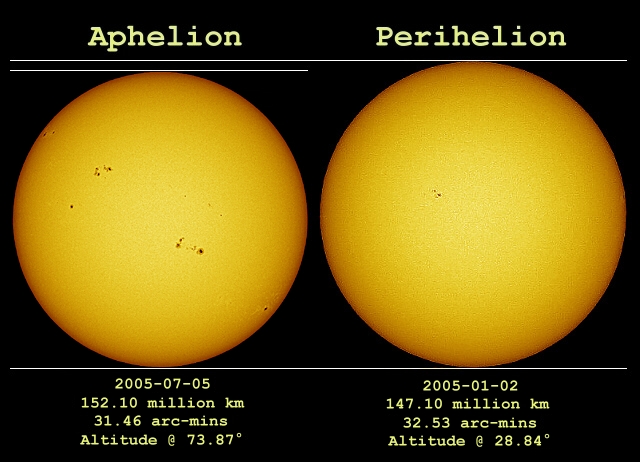
- 3,000,000 miles difference
- Earth’s velocity is constantly changing.
- At perihelion these changes seem like a slingshot as the planet gains and loses velocity.
- The length of the days on earth have nothing to do with the distance of the sun and earth.
 |
This significant yearly event is never even casually mentioned in the weather reports.
This obviously important event receives only two sentences in basic high school science textbooks.
In fact, most otherwise well educated people I ask don’t have the correct answer either. When is the perihelion?
When the earth is near the sun is uncontroversial. It is fact.
Practically everybody knows when the solstices and equinoxes occur, hardly anyone can tell you the date of perihelion. Most do not even know the time of year it happens
Arbitrary dates such as Christmas, Valentine’s Day and Halloween may seem significant
Yet basic fact of life as the fluctuating distance of the sun remains completely unknown to most people.
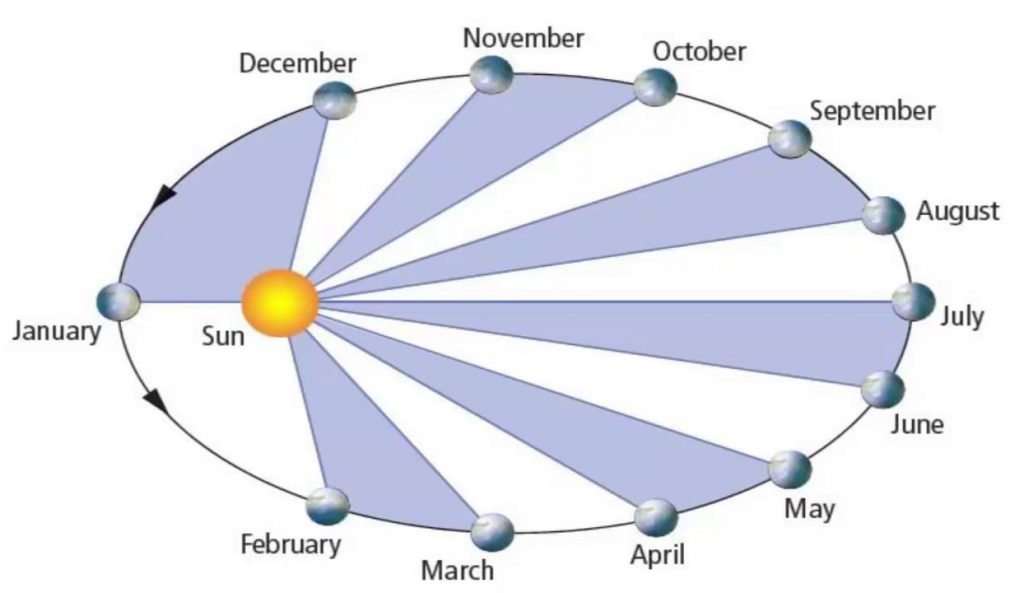
January 4th is Perihelion time… more or less.
Many people are surprised to know that the day the earth is closest to the sun is in fact around January 4th. (I say around because it does wobble a bit between January 3rd-6th because the earth’s orbit around the sun is affected by other factors such as the orbits of the other planets.) For the sake of argument let’s just assume that January 4th is Perihelion Day.
This may seem contradictory at first. After all January 4th is a cold dark winter day. In fact It is two weeks after the shortest, and darkest day of the year. Shouldn’t it be warmer not colder if the distance is closer?
Well that would only be true if you live in earth’s Northern Hemisphere. Anybody south of the equator is celebrating New Years in the middle of summer.
Earth’s distance from the sun is constantly changing. speeding up and slowing down. A predictable asymmetrical pattern throughout the year.
This elliptical orbit is described by Kepler’s three laws of planetary motion.
Law II describes how things in orbit carve out equal arcs in equal time.
Northern vs Southern hemisphere
If you live in the Southern Hemisphere, a city like or Buenos Aires or Cape Town, or Sydney it may not seem so counterintuitive that January could be the closest approach of earth and sun. In fact January in those latitudes can be very hot. This Northern Hemispheric bias is inherent in the misperception of the perihelion effect. That civilization developed mostly north of the tropics has also influenced that perspective. It has caused confusion for hundreds of years that it overlooked the obvious. Winter solstice in the northern hemisphere is summer solstice below the equator.
The Speed Earth Is Moving On January 4th Is Much Faster Than On July 4th When The Earth Is At Its Farthest Point Away From The Sun.
Not only is the distance changing. From Kepler’s Laws of Planetary motion we know the velocity of the planet is much faster and receiving a geometrically increasing amount of energy as it is closer.

Perihelion Is Not Winter Solstice
Distance of the earth from the sun has nothing whatsoever to do with earth’s Axial tilt. But the angle of the tilt and orbit do wobble which causes ice ages.
The length of days is due to the earth’s 23 degree tilt on its rotational axis.
This has nothing whatsoever to do with the relative position of the sun and earth
Paradoxically the four seasons, have nothing to do with the proximity of the sun either.
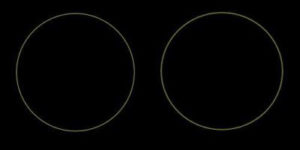
circle vs earth orbit 0.0167 eccentric ellipse. A small but obvious difference.
The difference between the closest and farthest point is over 3,000,000 miles!
That is over ten times the distance from the earth to the moon. The moon is 238,000 miles away. (on average)
the distance from earth to sun varies more than 10 times the distance to the moon’s 240,000 miles!
That is a big difference in distance and huge difference in velocity as well
Sunlight is 7% more intense in January than in July.
In astronomy the closest and farthest point are called Apogee & Perigee.
- every planet’s orbit is an ellipse with the Sun at a focus
- a line joining the Sun and a planet sweeps out equal areas in equal times
- the square of a planet’s orbital period is proportional to the cube of the semi-major axis of its orbit.
 Johannes Kepler (December 27 1571) born to a poor mercenary in Württemberg, Germany, who tracked the orbital path of Mars and published his three famous laws of planetary motion — which validated Copernicus’s theory of a sun-centered solar system — and later helped Isaac Newton discover the law of gravity.
Kepler was nearly blind from a smallpox epidemic when he was three, and he developed the first eyeglass designs for nearsightedness and farsightedness.
Kepler was a pioneer and was first
Johannes Kepler (December 27 1571) born to a poor mercenary in Württemberg, Germany, who tracked the orbital path of Mars and published his three famous laws of planetary motion — which validated Copernicus’s theory of a sun-centered solar system — and later helped Isaac Newton discover the law of gravity.
Kepler was nearly blind from a smallpox epidemic when he was three, and he developed the first eyeglass designs for nearsightedness and farsightedness.
Kepler was a pioneer and was first
- to explain that the tides are caused by the moon,
- to propose that the sun rotates on an axis,
- and to use planetary cycles to calculate the year of the birth of Jesus Christ.
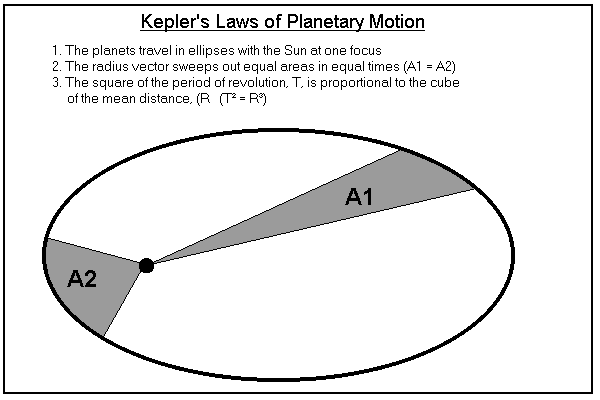
The planet is traveling through space at approximately 1000 meters per second faster at perihelion than at the farthest point. That would be 3,600 mph faster than about 67,000 mph on average.
Which is about 4 times faster than the International Space Station orbits the earth. At this speed, you could get from Los Angeles to New York in 3 minutes.
How does perihelion/Aphelion Effect you?
If you ask mainstream scientists they would say ‘there is no effect of eccentric the orbit of earth around the sun.’
Actually, there is no known effect because this type of paradigm has not been examined.
It is possible, even more likely than not that there is but a cross disciplinary approach has not been undertaken on a worldwide scale.
Some would say such speculation is pseudo-science. Keep in mind that that by definition science that is observed but has no explanation for quantifiable explanation is itself part of an obsolete paradigm.
To the contrary, Perihelionism is an exercise of the imagination. Both sides of the brain working together to create a usable paradigm for consciousness expansion.
Eccentrica Archives Of Perihelionism
-
introduction to perihelionist
http://vimeo.com/user28870702/%20perihelion-introduction -
tv news featured item about perihelion paradigm
Paradigm shifts are shifts in our understanding of a concept, often leading to a new way of perceiving and expressing it. The idea that the... -
The Power of Perihelion
We are all familiar with the idea of holiday stress. That feeling that time is going by faster and faster from Autumn until New Years. Sometimes... -
1246 December Solstice was on the same day as the Earth reached its perihelion
In 1246, the December Solstice was on the same day as the Earth reached its perihelion. Since then, the perihelion and aphelion dates have drifted by... -
Protected: Spacetime distortion gif
-
Kellogg & the Perihelion Plagues of 1880
J.H. Kellog M.D. THE perihelionists have doubtless been most sadly disappointed the past year; for instead of having the coldest winter and the hottest summer ever... -
Seasonality and the Corona Virus
There is currently a lot of speculation about the seasonal cycle of the Corona virus. In fact because it is a Novel virus there is... -
the end of Perihelionism?
december 28, 2019 The most frustrating thing about seeing something new is not being able to communicate it to the world. Once again another year will pass... -
Johannes Kepler Theorized That Each Planet Sings a Song, Each in a Different Voice: Mars is a Tenor; Mercury, a Soprano; and Earth, an Alto
Johannes Kepler determined just how the planets of our solar system make their way around the sun. He published his innovative work on the subject from... -
Perihelion: The Day Earth is Closest To Sun
00Days to sun's closest distance perihelion - περιήλιο - close to the sun The day that the earth and sun are at their closest point is called Perihelion. You...


